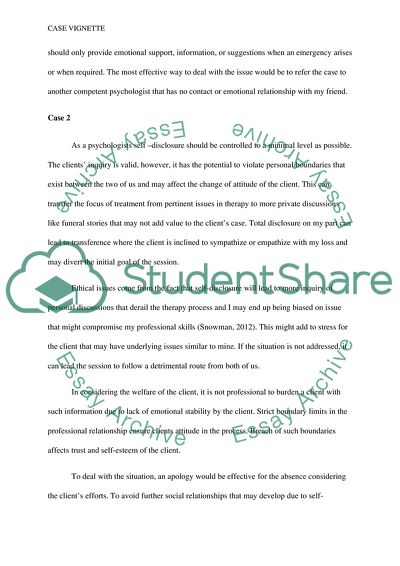Cite this document
(Case Vignette and the Ethical Dilemma Coursework Example | Topics and Well Written Essays - 1500 words, n.d.)
Case Vignette and the Ethical Dilemma Coursework Example | Topics and Well Written Essays - 1500 words. https://studentshare.org/psychology/1866071-case-vignette
Case Vignette and the Ethical Dilemma Coursework Example | Topics and Well Written Essays - 1500 words. https://studentshare.org/psychology/1866071-case-vignette
(Case Vignette and the Ethical Dilemma Coursework Example | Topics and Well Written Essays - 1500 Words)
Case Vignette and the Ethical Dilemma Coursework Example | Topics and Well Written Essays - 1500 Words. https://studentshare.org/psychology/1866071-case-vignette.
Case Vignette and the Ethical Dilemma Coursework Example | Topics and Well Written Essays - 1500 Words. https://studentshare.org/psychology/1866071-case-vignette.
“Case Vignette and the Ethical Dilemma Coursework Example | Topics and Well Written Essays - 1500 Words”. https://studentshare.org/psychology/1866071-case-vignette.


